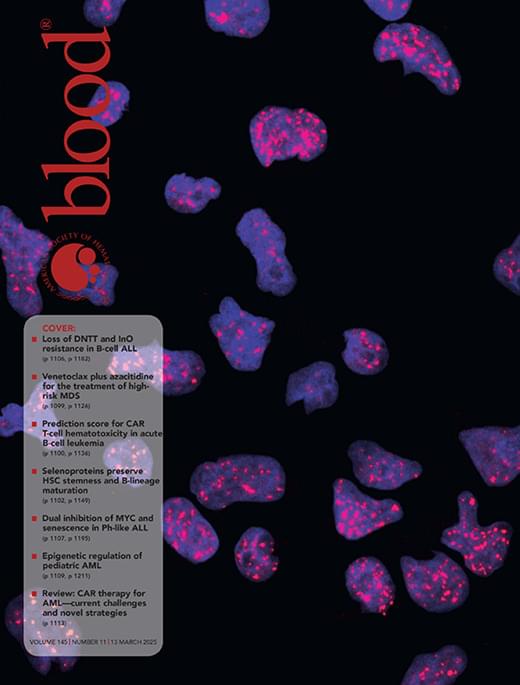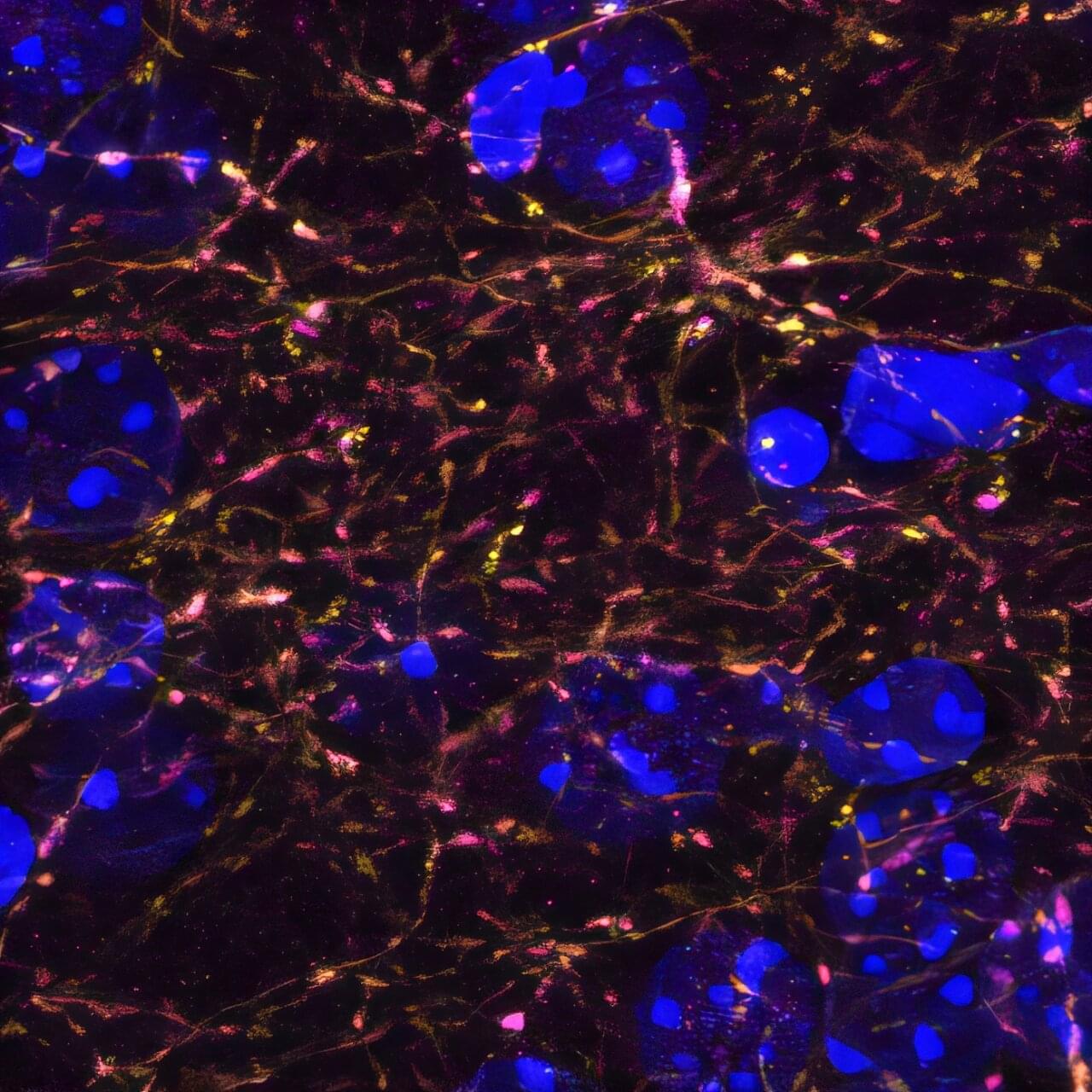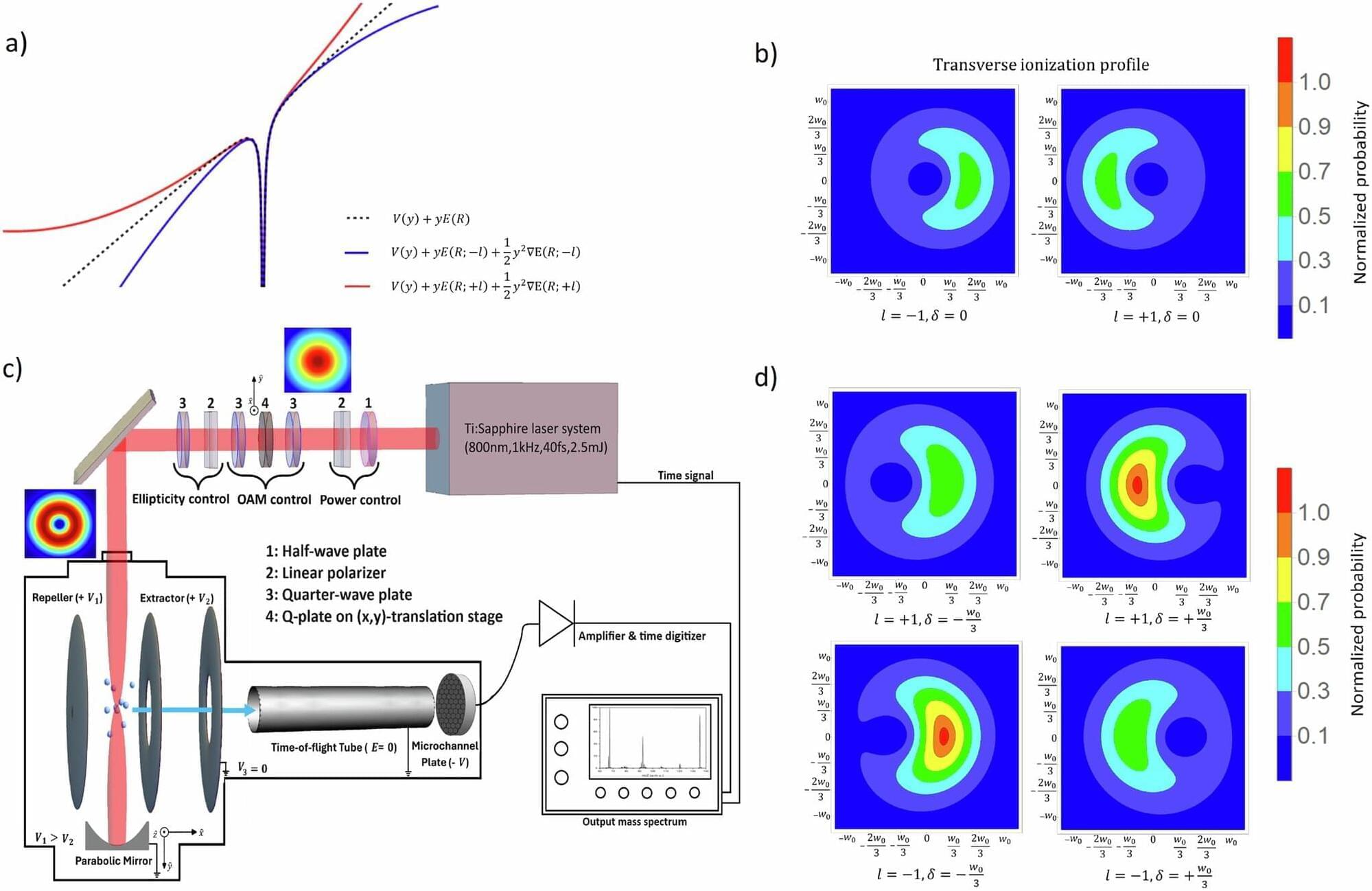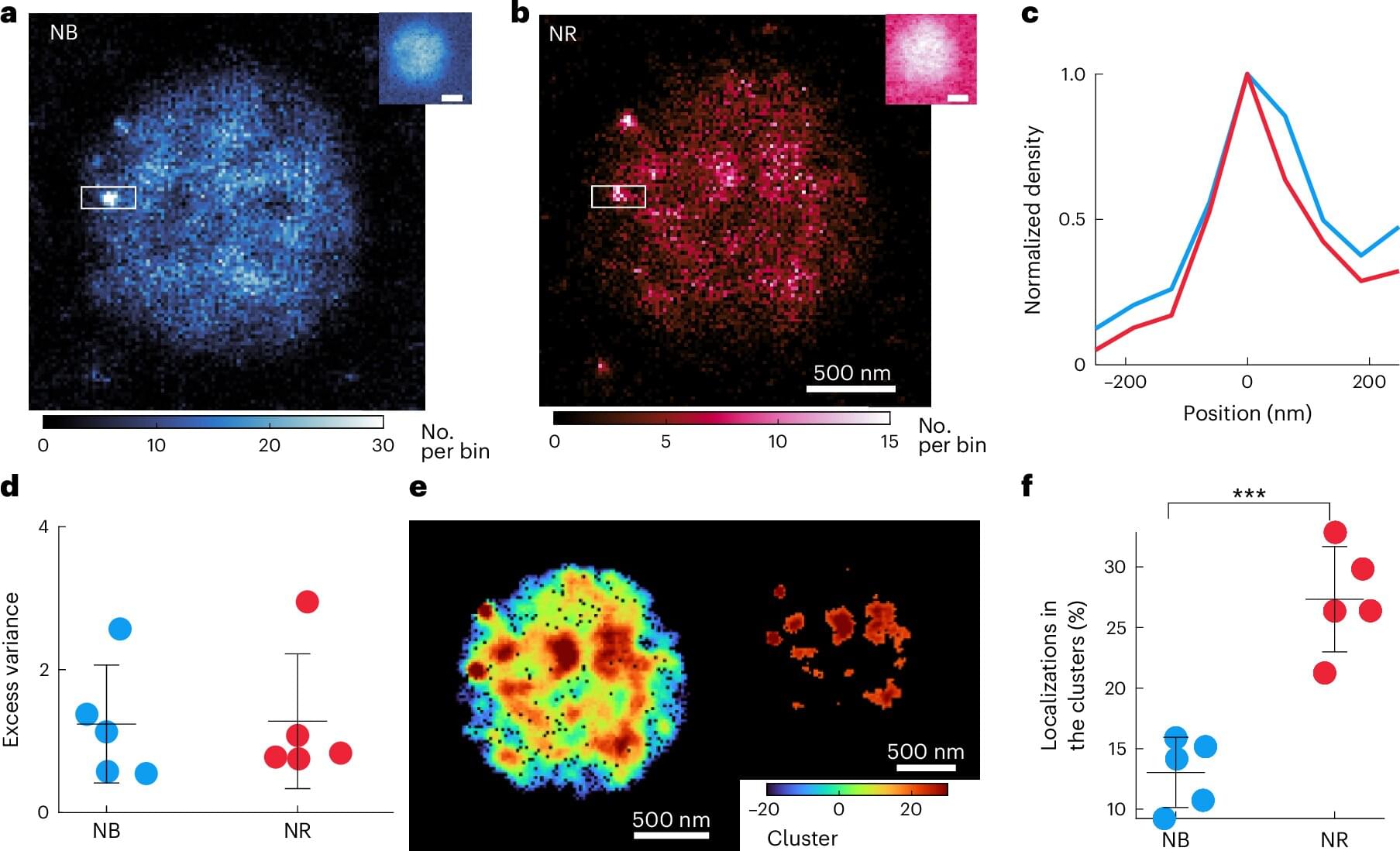In today’s AI news, OpenAI and Google are pushing the US government to allow their AI models to train on copyrighted material. Both companies outlined their stances in proposals published this week, with OpenAI arguing that applying fair use protections to AI “is a matter of national security.” The proposals come in response to a request from the White House, which asked for input on Trump’s AI Action Plan.
In other advancements, one of the bigger players in automation has scooped up a startup in the space in hopes of taking a bigger piece of that market. UiPath, as part of a quarterly result report last night that spelled tougher times ahead, also delivered what it hopes might prove a silver lining. It said it had acquired, a startup founded originally in Manchester, England.
S most advanced features are now available to free users. You And, the restrictive and inconsistent licensing of so-called ‘open’ AI models is creating significant uncertainty, particularly for commercial adoption, Nick Vidal, head of community at the Open Source Initiative, told TechCrunch. While these models are marketed as open, the actual terms impose various legal and practical hurdles that deter businesses from integrating them into their products or services.
S Kate Rooney sits down with Garry Tan, Y Combination president and CEO, at the accelerator On Inside the Code, Ankit Kumar, Sesame, and Anjney Midha, a16z on the Future of Voice AI. What goes into building a truly natural-sounding AI voice? Sesame’s cofounder and CTO, Ankit Kumar, joins a16z’s Anjney Midha for a deep dive into the research and engineering behind their voice technology.
Then, Nate B. Jones explains how AI is making intelligence cheaper, but software strategies built on user lock-in are failing. Historically, SaaS companies relied on retaining users by making it difficult to switch. However, as AI lowers the cost of building and refactoring, users move between tools more freely. The real challenge now is data interoperability—data remains siloed, making AI-generated content and workflows hard to integrate.
We close out with, AI is getting expensive…but it doesn’t have to be. NetworkChuck found a way to access all the major AI models– ChatGPT, Claude, Gemini, even Grok – without paying for multiple expensive subscriptions. Not only does he get unlimited access to the newest models, but he also has better security, more privacy, and a ton of features… this might be the best way to use AI.
Thats all for today, but AI is moving fast — subscribe and follow for more Neural News.








